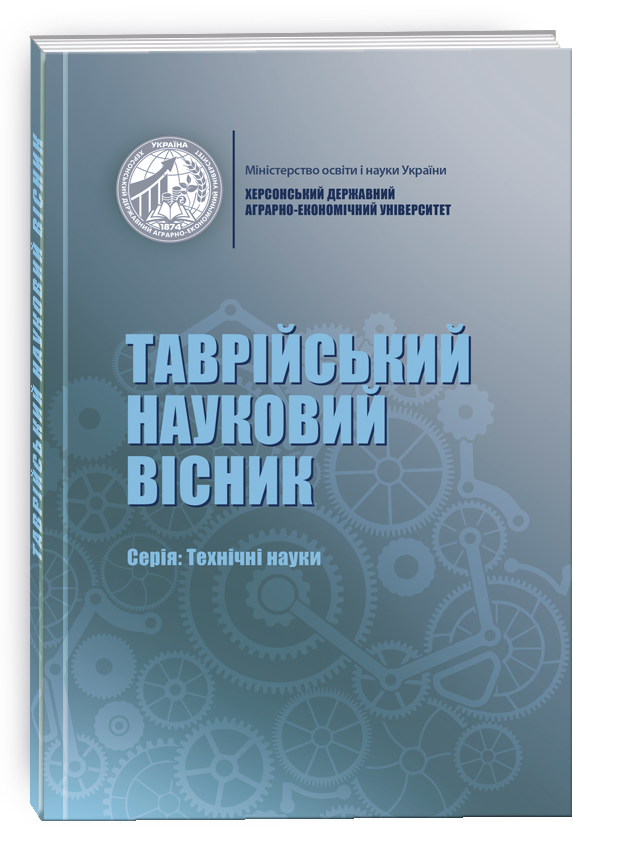INNOVATIVE TECHNOLOGIES OF COOKING CHOPPED MEAT DISHES USING NON-TRADITIONAL RAW MATERIALS
DOI:
https://doi.org/10.32851/tnv-tech.2022.5.7Keywords:
lentil flour, technology, minced meat dishes, non-traditional raw materials, cutlet, recipe, nutritional valueAbstract
The work is devoted to the development of the innovative technologies for the production of minced meat dishes enriched with lentil flour in order to obtain products with an increased protein content to overcome the protein deficiency in the population. During the research, the following methods were used: organoleptic (appearance, color, smell, taste, consistency, juiciness), system analysis, planning of experimental works. Consumption of plant foods with antioxidant, antitoxic, antistress, adaptogenic, immunostimulating and other types of biological activity ensures a positive effect on the human body and prevents the occurrence of a large number of dangerous diseases. Leguminous crops, in particular lentils, are the main source of environmentally safe protein with a balanced amino acid composition and content. Lentils – contains from 23 to 36% proteins, 47-60% carbohydrates, 0.6-2% fat, 2.3-4.4% minerals. Lentils are rich in B vitamins, A, trace elements: potassium, phosphorus, calcium, iron, copper, molybdenum, manganese, boron, cobalt, iodine, zinc, omega-6, omega-3 fatty acids. In its nutritional properties, lentil protein is in no way inferior to meat protein, it is much more easily absorbed by our body and does not have those fatty components that accompany meat protein. On the basis of an analytical review of the literature, the methods of achieving the goal of the work on improving the technology of meat cut dishes using non-traditional raw materials are outlined. Recipes of model minced meat and cutlets "Tender", "Appetizing", "Spicy" have been developed. The technological scheme for the production of chopped meat dishes using non-traditional raw materials has been improved.
References
Слободянюк, Н.; Веретинська, І. Фізико-хімічні показники модельних композицій котлет із використанням насіння льону. Науковці-переробникам, 2016. С. 10–14.
Паска М.З., Маслійчук О.Б. Мікробіологічна та споживча характеристика м’ясних січених напівфабрикатів з додаванням люпинового борошна і дивосилу. Вісник ЛНУВМ та БТ ім. С.З. Гжицького. 2016. Том 18, № 4. С. 121-123.
ДСТУ 4437: 2005. Напівфабрикати м’ясні та м’ясо-рослинні січені. Технічні умови. [Чинний від 2005-07-15], Вид. офіц. Київ : Держспоживстандарт України, 2006. 24 с.
Дмитриенко, О. Про м’ясні напівфабрикати. М’ясні технології світу. 2016. № 5 (6). 97 с.
Димитрієвич, Л.Р.; Степанова, Т.М.; Макаренкова, Т.І. Харчові волокна в технології м’ясних продуктів. Мясное дело. 2011. № 4. С. 10–11.
Паска М.З., Маслійчук О.Б. Розробка рецептур та удосконалення технології функціональних м’ясних посічених напівфабрикатів та котлет з використанням білкового збагачувача. Продовольчі ресурси. 2018. 11. С. 132-138.
Сімахіна, Г.О.; Українець, А.І. Інноваційні технології та продукти: оздоровче харчування. К. : НУХТ, 2010. 294 с.
Ракша-Слюсарева, О.; Круль, В. М’ясні посічені напівфабрикати функціонального призначення. Товари і ринки. 2013. № 2. С. 74–86.
Москаленко, В.Ф.; Грузєва, Т.С.; Галієнко, JI.I. Особливості харчування населення України та їх вплив на здоров’я. Науковий вісник Національного медичного університету ім. О.О. Богомольця. 2009. 3. С. 64–73.
Іванова, Т.М.; Гошовська, Ю.В.; Охі, І.Я.; Пешук, Л.В.; Романенко, М.С.; Федічкіна, Р.Є.; Шаповал І.М. Дослідження м’ясного продукту з додаванням кварцетинвмісної сировини в середовищі in vivo. Науковий вісник Львівського національного університету ветеринарної медицини та біотехнологій імені С.З. Ґжицького. 2017. № 80 (19). С. 43–47.







